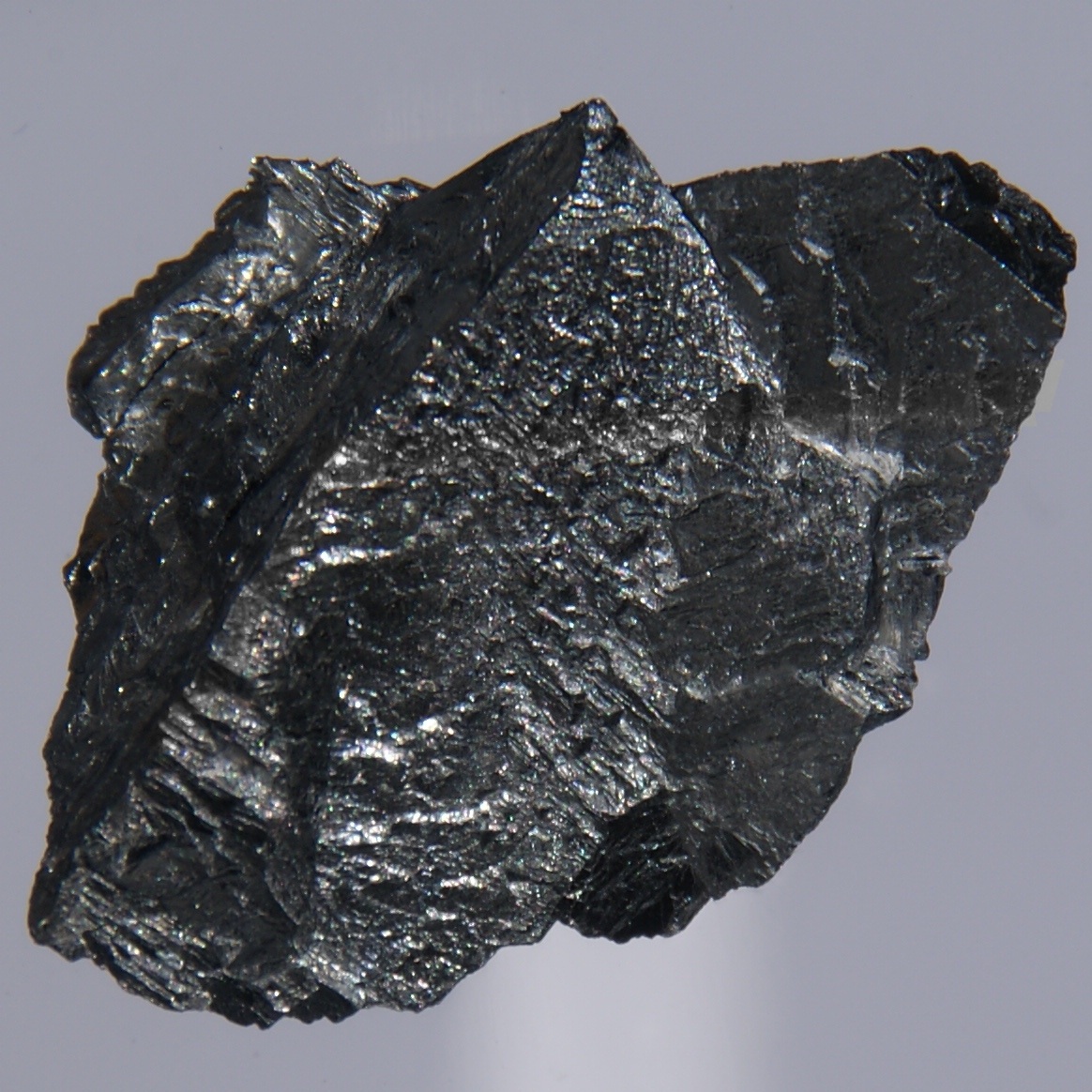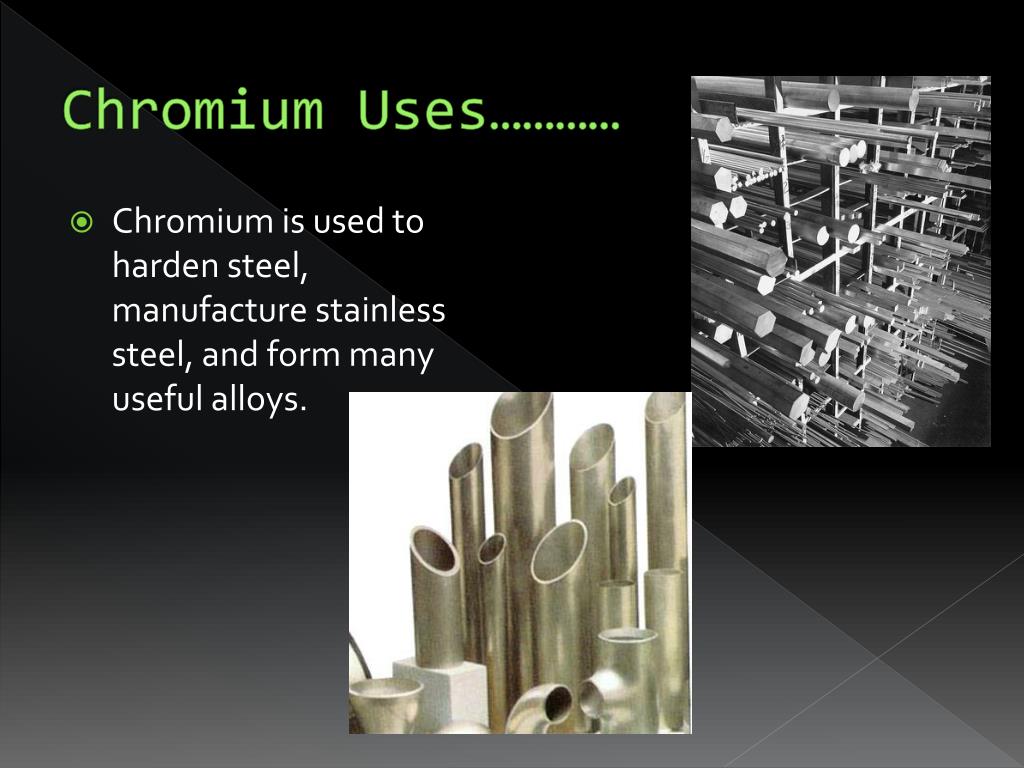


Grade 434 steel has high tensile strength and maximum operating temperature and is tougher than the 430 grade, including better pitting resistance. It is also still strong enough for most heavy-duty applications. Grade 430 stainless steel isn’t as strong as either of the austenitic steels but offers better resistance to nitric acid. Grade 316 is more resistant to the elements, making it a more desirable stainless steel for things like maritime applications.įerritic stainless steel also has two main grades – grade 430 and grade 434. 316 stainless steel, one major difference is resistance to chlorides such as salt. Grade 304 has a maximum temperature of 870☌ (1598☏) and Grade 316 has a maximum of 800☌ (1472☏). They also both have a high maximum operating temperature. Grade 316 stainless steel also has a tensile strength of 579 MPs (84 ksi), making the two grades reasonably similar in this regard. Grade 304 is known for its high tensile strength of roughly 621 MPa (90 ksi). Within the austenitic steel types, there are two main grades – grade 304 and grade 316. Within the three primary categories mentioned above, there are also different grades of stainless steel. In many cases, this material is also combined with a protective polymer coating to improve corrosion-resistanceĭifferent Grades of Stainless Steel Alloys Martensitic stainless steel is used in applications where high tensile strength is needed or a lot of impact resistance. This material is the least common type of stainless steel alloy. Items produced with this alloy can be hardened through cold forming and also tend to be less expensive than other types due to the lower nickel content. This type of stainless steel is the second most common type of alloy and is also magnetic. These are the most common types of stainless steel alloys.

Second, these items tend to be non-magnetic, although they can become magnetic with a cold forming process. Items produced with this material are more corrosion-resistant. First, there is a lot of chromium included during the production of austenitic stainless steel. There are two main characteristics of this type of stainless steel. While there are thousands of different types of stainless steel alloy that can be produced, most alloys will fall into one of the following three categories. The Three Primary Types of Stainless Steel Nickel is what allows for stainless steel to be such a versatile alloy. This also improves its corrosion-resistant properties. Making stainless steel with nickel improves the formability, weldability, and ductility of the material. One well-known example of this type of stainless in use is the Gateway Arch in St. Stainless steel made with chromium is much more resistant to corrosion, stains, and tarnishing. This type of stainless steel is popular for the production of food-grade utensils and cooking implements.

Stainless steel with high carbon content is much more durable and longer-lasting than other alloys. When producing stainless steel, several different materials can be used to achieve different results. Producing Different Types of Stainless Steel For example, it is used in everything from the production of kitchen utensils to components for construction projects and products as simple as stainless steel balls. Through the years, engineers have experimented with the production of alloys.īy adding and removing certain metals, they were able to produce different types of stainless steel with different characteristics and applications. Stainless steel is a very versatile material. While examples of iron smelting can be found as far back as 1800 B.C., the introduction of crucible steel goes as far back as 300 B.C. People have been experimenting with metal alloys for thousands of years. Like with other alloys, the final product is considerably stronger than each of the source materials would be on their own. Stainless steel is an alloy that is produced by combining a variety of different base metals to create a new material. When people use the term “stainless steel,” they often use it as a “catchall” term, but in reality, there are several different types of stainless steel with a variety of uses.


 0 kommentar(er)
0 kommentar(er)
